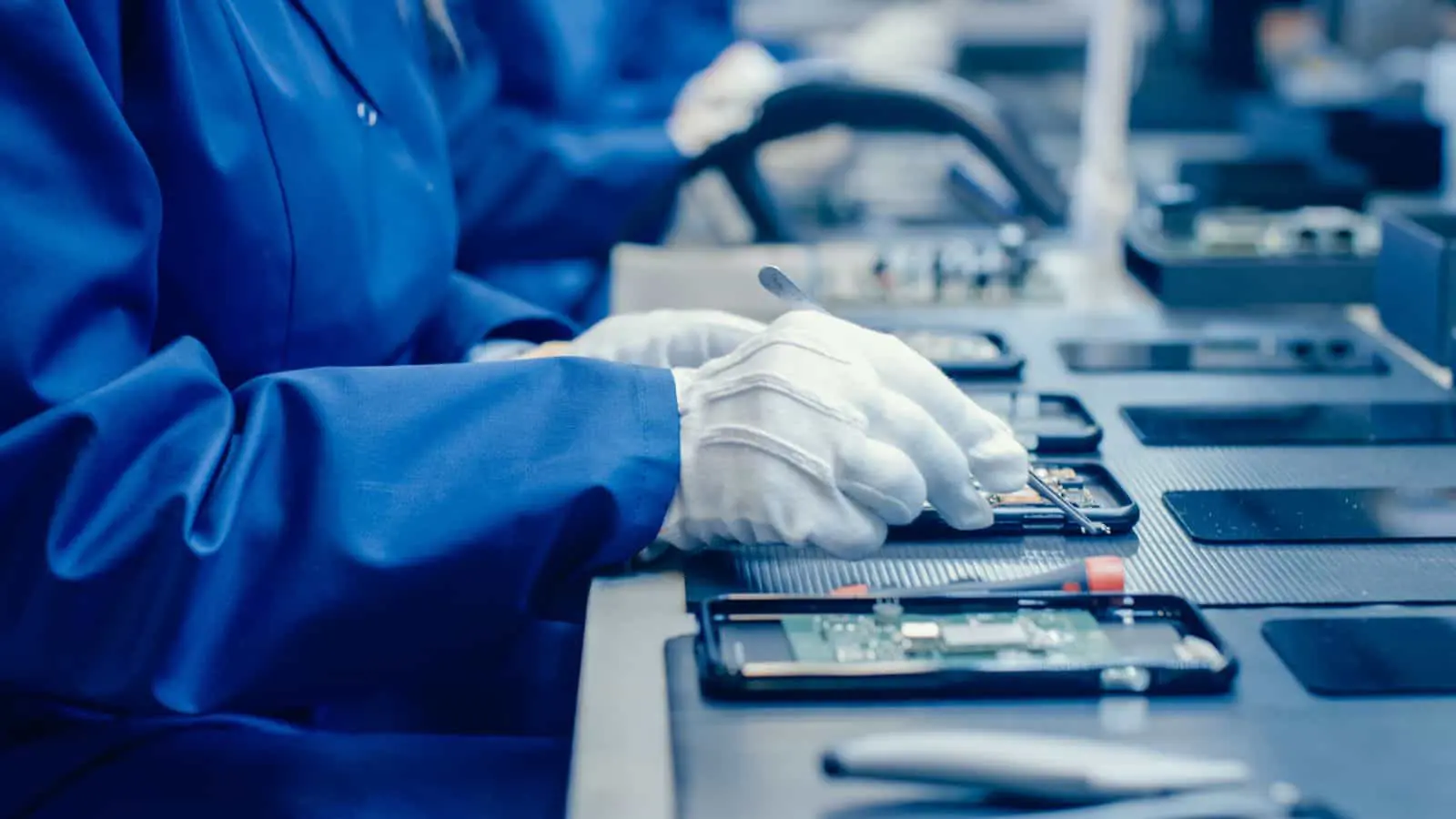MTS vs. MTO vs. ETO vs. ATO: Manufacturing Methods Compared & Explained
The manufacturing industry is currently experiencing a period of rapid and complex transformation. Beyond the integration of Industry 4.0 technologies, the mere selection of a production method can often pose a significant challenge for businesses, particularly regarding its impact on strategic management and warehouse operations.
Consequently, every enterprise must have a thorough understanding of the characteristics of various manufacturing methods, such as MTS (Make-to-Stock), MTO (Make-to-Order), ETO (Engineer-to-Order), and ATO (Assemble-to-Order). A comprehensive grasp of the advantages and disadvantages of each method, as well as their compatibility with market operations, is essential. Only by selecting the optimal approach can manufacturing operations achieve maximum efficiency, minimize resource waste, and mitigate the risk of customer dissatisfaction.
Make-to-Stock (MTS) Production
MTS, or Make-to-Stock, is a production process where products are manufactured in advance and stored in inventory to fulfill future orders. This method heavily relies on accurate demand forecasting to align production schedules and output with anticipated customer needs.

Advantages:
- Optimized resource utilization and production time: By producing goods in advance, businesses can streamline their operations and reduce lead times.
- Cost efficiency: Bulk purchasing of raw materials based on forecasts can lead to significant cost savings.
- Simplified production planning: MTS offers a more predictable production schedule, making it easier to manage and monitor.
- Faster order fulfillment: Having products readily available in inventory allows for quicker delivery times, meeting customer expectations.
Disadvantages:
- Risk of overstocking or shortages: Inaccurate demand forecasts can result in excess inventory or stockouts.
- Inventory management complexities: Managing large inventories can be challenging, especially when demand fluctuates.
- Market volatility: Changing consumer preferences and market trends can make it difficult to accurately predict demand.
READ MORE: Make-to-Stock (MTS) Manufacturing Method Explained (with Examples)
Make-to-Order (MTO) Production
Make-to-Order (MTO) is a production method where manufacturing commences only after a customer order has been confirmed. This method often involves a degree of customization, allowing customers to specify certain product attributes.

Advantages:
- Reduced product competition: MTO can help businesses stand out in competitive markets by offering customized products.
- Enhanced customer satisfaction: Tailoring products to individual customer needs can significantly improve customer satisfaction.
- Minimized inventory risk: By producing only what has been ordered, businesses can reduce the risk of excess inventory and associated costs.
- Mass customization: MTO enables businesses to produce large quantities of products while still offering a high degree of personalization.
Disadvantages:
- Fluctuating demand: MTO production can lead to uneven sales due to various external factors.
- Longer lead times: The customization process inherent in MTO often results in longer production times compared to standard products.
- Supply chain challenges: Forecasting material requirements can be more complex in MTO, making it difficult to maintain optimal inventory levels.
READ MORE: Everything About Make-to-Order Manufacturing Method | MTO vs. ETO Comparison
Engineer-to-Order (ETO) Production
Engineer-to-Order (ETO) is a manufacturing method where the design and production of a product are initiated only after a customer places an order. This approach allows customers to collaborate closely with manufacturers to customize product features and specifications.

Advantages:
- High degree of customization: Products can be tailored to meet specific customer requirements.
- Opportunity for innovative product launches: ETO facilitates the development of unique products that differentiate a company from its competitors.
- Stronger customer relationships: Close collaboration fosters long-term partnerships.
- Higher profit margins: ETO often results in higher profit margins compared to other manufacturing methods.
- Reduced risk of waste: By producing only to order, companies minimize inventory and operational costs.
Disadvantages:
- Increased resource requirements: Research, planning, and production require significant resources.
- Higher management demands: ETO necessitates more sophisticated production management.
- Limited market reach: It can be difficult to scale up production for a single product design.
- Longer lead times: The customization process can extend production timelines.
READ MORE: Introducing Engineer-to-Order Manufacturing Strategy | 5 Ways to Optimize ETO Production
Assemble-to-Order (ATO) Production
Assemble-to-Order, or ATO, is a manufacturing approach where businesses pre-produce individual components and parts to keep in stock. These components are then assembled into a finished product only when a customer places an order.

Advantages:
- Customization: ATO allows for a degree of product customization to meet specific customer needs.
- Inventory cost reduction: By storing components rather than finished goods, businesses can significantly reduce inventory costs.
- Reduced risk of obsolete inventory: The risk of products becoming obsolete or damaged in storage is minimized.
Disadvantages:
- Potential for stockouts: A sudden surge in demand can quickly deplete component stock, leading to potential stockouts.
- Longer lead times: Since products are assembled after an order is placed, lead times can be longer compared to products that are always ready for shipment.
- Quality challenges: Meeting tight deadlines to fulfill orders can sometimes compromise product quality if not managed effectively.
READ MORE: Assemble-to-Order Detailed Explanation, Benefits & Examples
